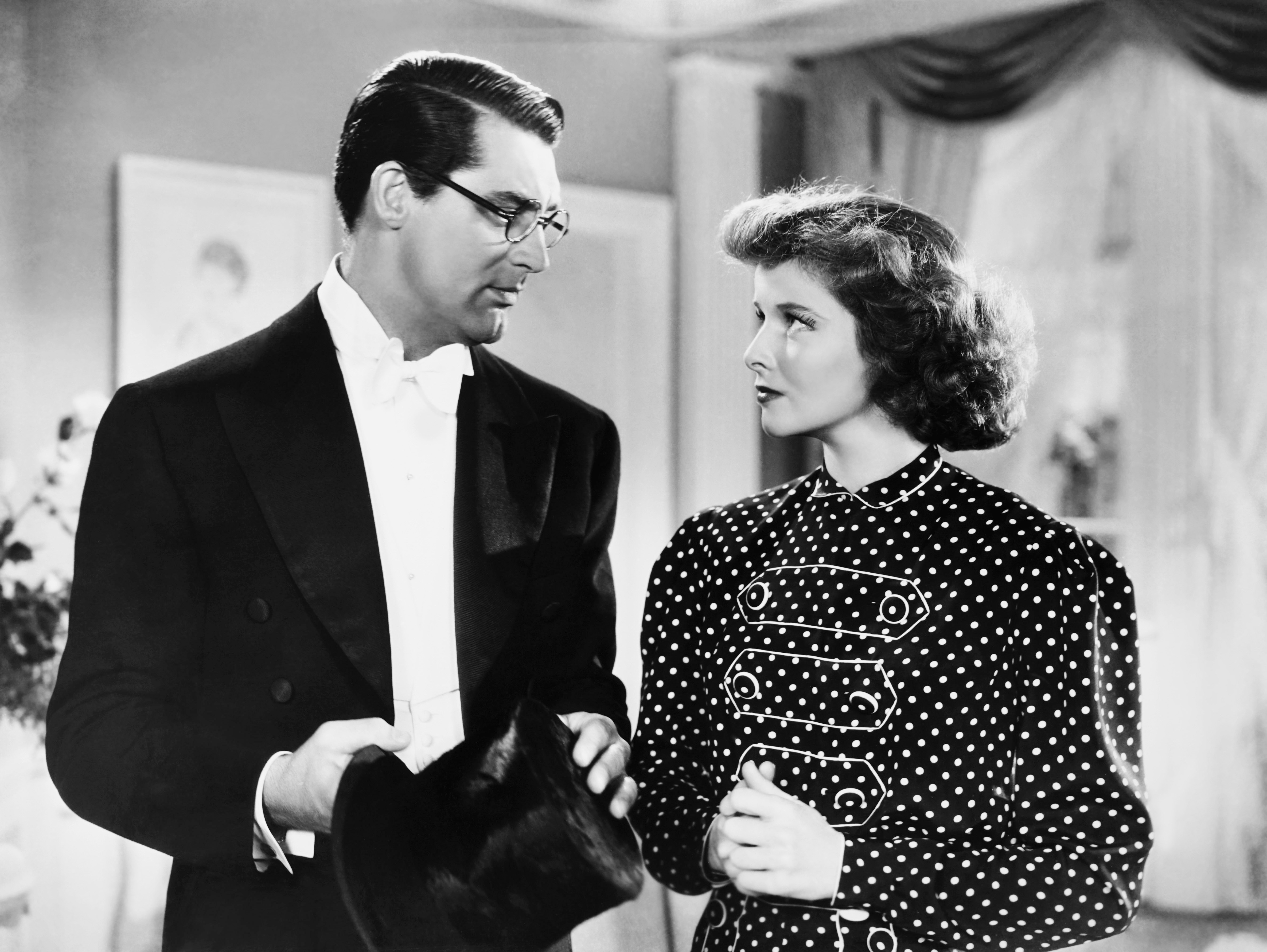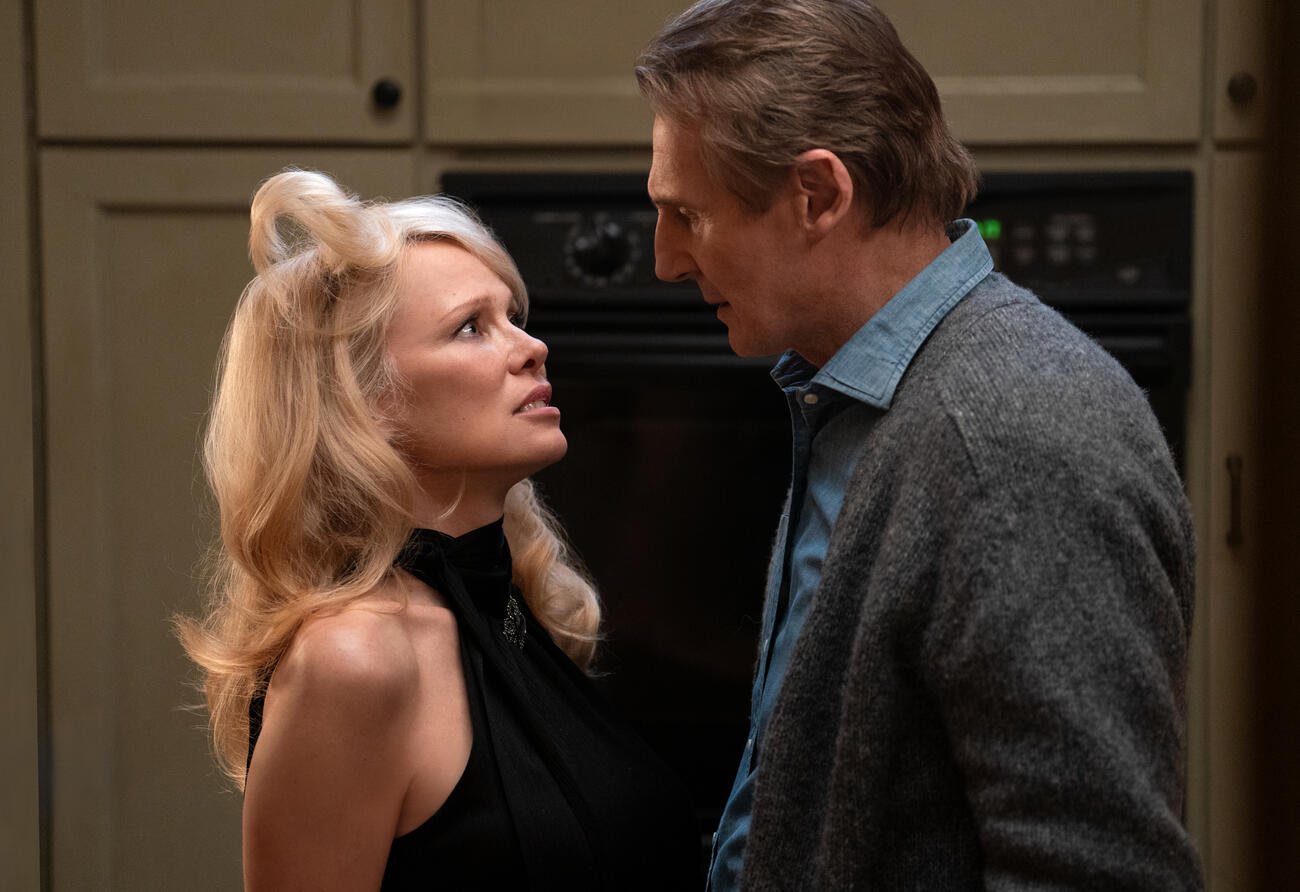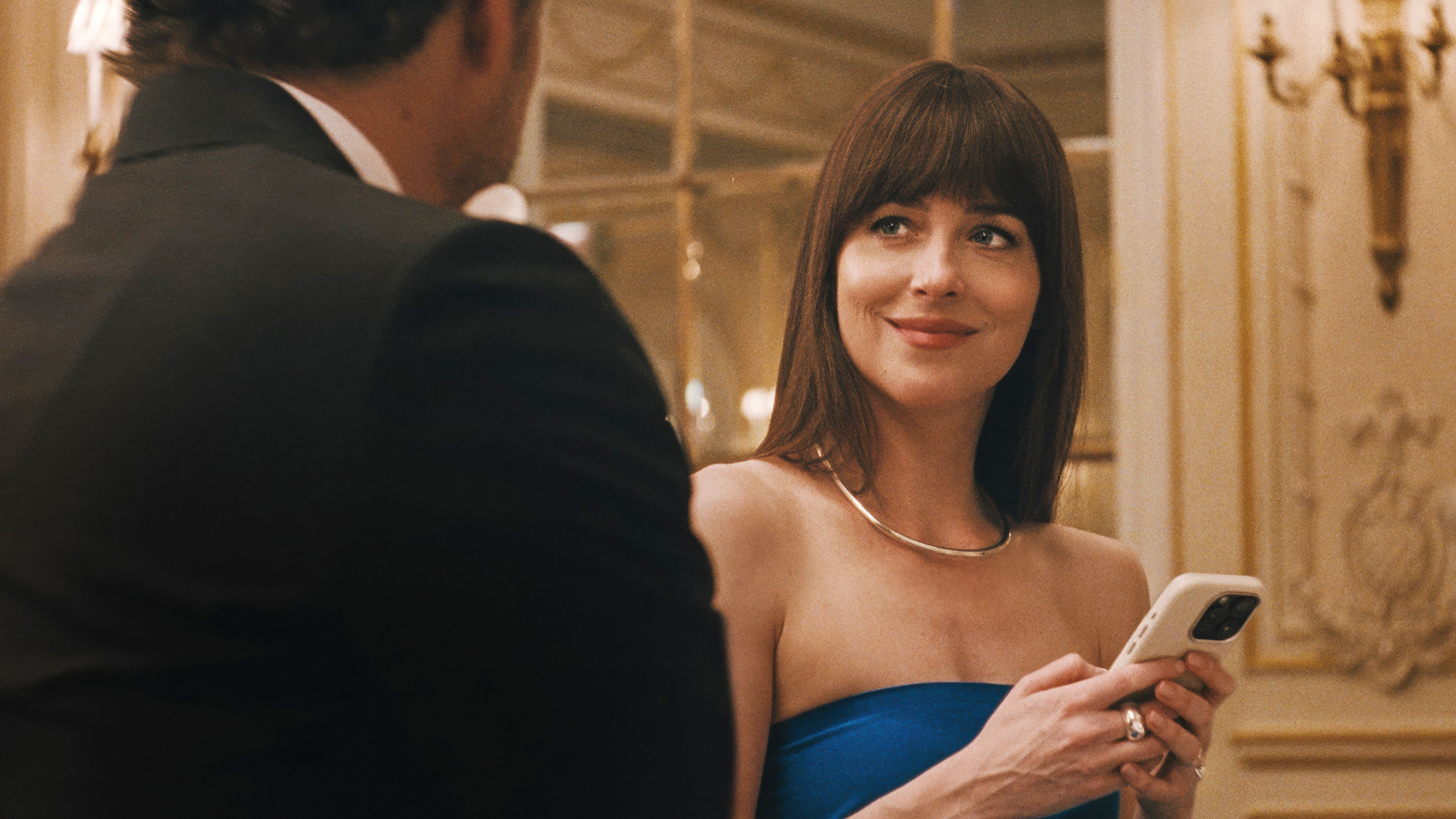Do movie stars still exist? Film journalists, cinephiles, and producers have been debating this point for over a decade, declaring the movie star extinct.
But throughout the 2010s, Hollywood leaned into intellectual properties and the Marvel Cinematic Universe, while original films starring A-list talents like Jennifer Lawrence (“Passengers”), Johnny Depp (“The Lone Ranger”), and Will Smith (“Gemini Man”) flopped, and gradually everybody seemed to be lining up to pay their respects at the grave of the movie star.
They’ve blamed the death on Hollywood’s hunger for IP, the erasure of the mid-budget movie, and the rise of television. But many of these arguments miss the forest for the trees: We not only still have movie stars today, but stardom today is very similar to what it was in the Golden Age of Hollywood. The film industry is not post-movie stars, and big-name actors still influence audiences’ viewing habits and films’ financial success.
Tom Cruise and Brad Pitt, whose films “Mission: Impossible — The Final Reckoning” and “F1” are in theaters this summer, are widely considered the last “true” movie stars, the few aged movie veterans still capable of reliably opening a film. But contrary to popular belief, stardom is not dependent on watertight box office potential — Katharine Hepburn, for instance, was considered box office poison for years. From 1935’s “Break of Hearts” until at least “The Philadelphia Story” in 1940, her films consistently earned great reviews but poor attendance.
Cary Grant also made many commercial failures while still a leading man, including George Cukor’s “Holiday” and “Bringing Up Baby” (in which he co-starred with Hepburn). Cruise and Pitt might be movie stars, but they still have off days, like “Rock of Ages” or “Wolfs,” respectively. These actors certainly elevate the profile of their films and increase the likelihood that they’ll make money, but financial security doesn’t automatically determine who’s a movie star.

What makes an actor a movie star is their persona. When you watch Cruise hug the door of an airplane as it takes off in “Mission: Impossible — Rogue Nation,” you forget you’re watching the character of Ethan Hunt. Instead, you’re watching the carefully crafted screen persona of Tom Cruise, action hero, who will risk certain death if it means delivering cinema to his adoring fans.
The Modern Movie Star and Their Contract
In 2019, the Wall Street Journal reported that Jason Statham, Dwayne “The Rock” Johnson, and Vin Diesel had unique contracts for their collaborations in the “Fast and Furious” franchise that basically meant they couldn’t lose fights. Statham’s contract reportedly protected him from getting beaten up too much on screen, while Johnson and Diesel had people on set to monitor how many licks they got.
Such contracts are nothing new in Hollywood, and many scholars of classic Hollywood will likely recollect the strict contracts studios had for their stars in that era.
In the old days, stars — especially female stars — were put on strict diets, their names often changed, and they were usually given voice lessons to learn that classic Transatlantic diction. Control over a star’s image went even further than that, though. Jean Harlow was forbidden by studio mandate from marrying, since producers at MGM didn’t want to complicate her image as a sex symbol. Actors like Ava Gardner, Judy Garland, Jean Harlow, Marilyn Monroe, and Fay Wray were all contractually prevented from having children — some, according to lore, were forced to have abortions.
Now, Hollywood studios no longer own their stars’ images; they haven’t since the early 1960s. Instead, actors control their own images, and they have teams of agents, publicists, and, sometimes, personal stylists on hand to do it. When Emily Blunt and Penélope Cruz became pregnant while making “Into the Woods” and “Pirates of the Caribbean: On Stranger Tides,” respectively, they weren’t dropped from the films — instead, the costume departments, stunt teams, and directors accommodated the actors and their pregnancies, reimagining complex sequences and altering costumes as needed.

Actors today still rely on contracts, creative control over their productions, and agreements with producers to build and maintain consistent images. The 21st-century definition of brand image means that some movie stars get typecast — unless, like Emma Stone, Kristen Stewart, Anna Kendrick, and Jennifer Lawrence, an actor leverages their mainstream success to break the mold and make independent films.
Some naysayers allege that the decline of film stars is due to social media, that having the increased exposure of celebrities’ personal lives has made them seem less alluring. But these stars still have agents and publicists, and as such, major actors like Jennifer Lawrence, Zendaya, Tom Hanks, and Ryan Reynolds still have carefully cultivated images, the same way that Jimmy Stewart, Charlie Chaplin, Veronica Lake, and Rita Hayworth did. Some actors preserve the illusion (and their own privacy) by not being on social media at all, including Lawrence, Pitt, and Johansson, but they still engage with viral marketing, which includes everything from GQ and Vanity Fair’s career breakdowns to eating spicy wings on “Hot Ones.” The stars might be on TikTok now, but they’re still stars.
“The Falcon Is a Movie Star”
At Comic-Con 2017, “Captain America: Brave New World” star Anthony Mackie famously said that there are no movie stars anymore. “Anthony Mackie isn’t a movie star,” he said. “The Falcon is a movie star.” And Mackie is right that, increasingly, Hollywood has hitched its wagon to intellectual property over original ideas — and the stars have, too. Quentin Tarantino echoed these words in 2022, saying, “It’s these franchise characters that become a star,” rather than the actors playing them.
In 2024, out of the 50 highest-grossing domestic films in the U.S. according to BoxOfficeMojo, 32 were IP-driven movies (i.e., remakes, reboots, or sequels) with huge stars in them, like “Bad Boys: Ride or Die” starring Will Smith. Six films, like “Wicked” and “The Fall Guy,” adapted successful IP for the screen. Only 13 films in the top 50 were star-driven projects that didn’t rely on IP, and even among that group, you can identify some, like “Red One” or “Argylle,” that seem like they’re trying to astroturf a franchise. Others, like “Anyone But You” and “Bob Marley: One Love,” adapt material many are familiar with — William Shakespeare and the life of Bob Marley, respectively — which helps with brand recognition but means they’re not wholly original works.

Simply headlining a film these days does not make someone a movie star. But it’s always been that way. Chris Evans, Brie Larson, and Chadwick Boseman all headlined movies that grossed a billion dollars worldwide, but those films were built around the brands, characters, and stories rather than the actors. It’s telling that Marvel has recast both Captain America and Black Panther (passing the mantle onto Letitia Wright’s Shuri) and still found box office success, but rather than recast a new Iron Man and replace its biggest star, Robert Downey Jr., the studio invited him back in a completely different role for “Avengers: Doomsday.” Marvel didn’t kill the movie star; they know the value of one as much as anyone else.
The difference between a movie star and an A-list actor is a fine line. Timothée Chalamet, for example, straddles the line between movie star and character actor, choosing complex roles that require him to inhabit radically different characters and show off his range and acting chops. Yet when you watch “A Complete Unknown,” you’re not seeing Chalamet disappear into Bob Dylan. You’re seeing Chalamet pretending to be Bob Dylan — the performance is as much about the actor as it is about the character.
His character actor contemporaries like Tilda Swinton, Gary Oldman, Lakeith Stanfield, Paul Giamatti, and Toni Collette become whatever their roles require them to be. But Chalamet is still Chalamet, regardless of what costume or affectation he’s wearing. He has a brand and an identity that shows through in all of his roles and that he carries with him to every single film, just like Meryl Streep or Tom Cruise. His films might not always make their money back, and he might not be hanging on the wing of a biplane, but his persona is what makes him a star.



